
Television lore is brimming with minor characters who unexpectedly became central figures, ultimately becoming the backbone of the show. Comedies often find themselves overshadowed by these kinds of characters, such as Steve Urkel. However, science fiction series also boast a deep and varied history of side characters that evolve significantly. As the scope of sci-fi shows increases, so does the likelihood of lesser-known or recurring guest stars gaining significant fan bases.
Sci-fi series offered an advantage in their narrative structure, as the story arcs tended not to overemphasize a single character like many sitcom secondary characters often did. These ten secondary characters were delightful additions when they appeared and seldom overstayed their welcome. The genre’s flexibility—encompassing androids, aliens, or otherworldly entities—often granted these side characters an extended existence beyond their initial appearance, contrasting with most dramas where secondary characters typically had limited screen time. Here are ten sci-fi side characters who captivated their respective shows.
1) The Rani – Doctor Who (Classic)

Originally introduced as a comical twist on the Doctor’s age-old rivalry with the Master in 1985, The Rani was actually an old classmate of both during their Time Lord youth. Actress Kate O’Mara’s portrayal of The Rani made her stand out from typical Time Lords; she was sarcastic and often lacked respect for the Doctor (and the Master). Driven solely by science, she disregarded any ethical considerations, making her a unique villain in the Classic Who series. Fans demanded her return for years, and she finally made a comeback in the latest season of Doctor Who, now played by Archie Panjabi after regeneration.
2) Alfred Bester – Babylon 5

In essence, Alfred Bester, portrayed by Walter Koenig, stands out among the secondary characters in “Babylon 5” due to his consistent impact and intriguing nature. As an amoral Psi Cop with a knack for causing trouble for the main cast, Bester was unique among side characters because he never received main credit status, yet appeared in every season. Each of his 13 appearances was captivating, making him a favorite among fans.
Bester could have been just another “Babylon 5” antagonist, but his occasional alliances with the crew, particularly during Earth’s fascist phase, added complexity to his character. In fact, if “Babylon 5” had ever spun off into a separate series, it likely would have focused on “The Telepath War,” in which Bester played a significant role.
Interestingly, Koenig chose to play Bester as a stark contrast to Pavel Chekov from “Star Trek,” where Chekov began as a secondary character and eventually became a main one.
3) Elim Garak – Star Trek: Deep Space Nine
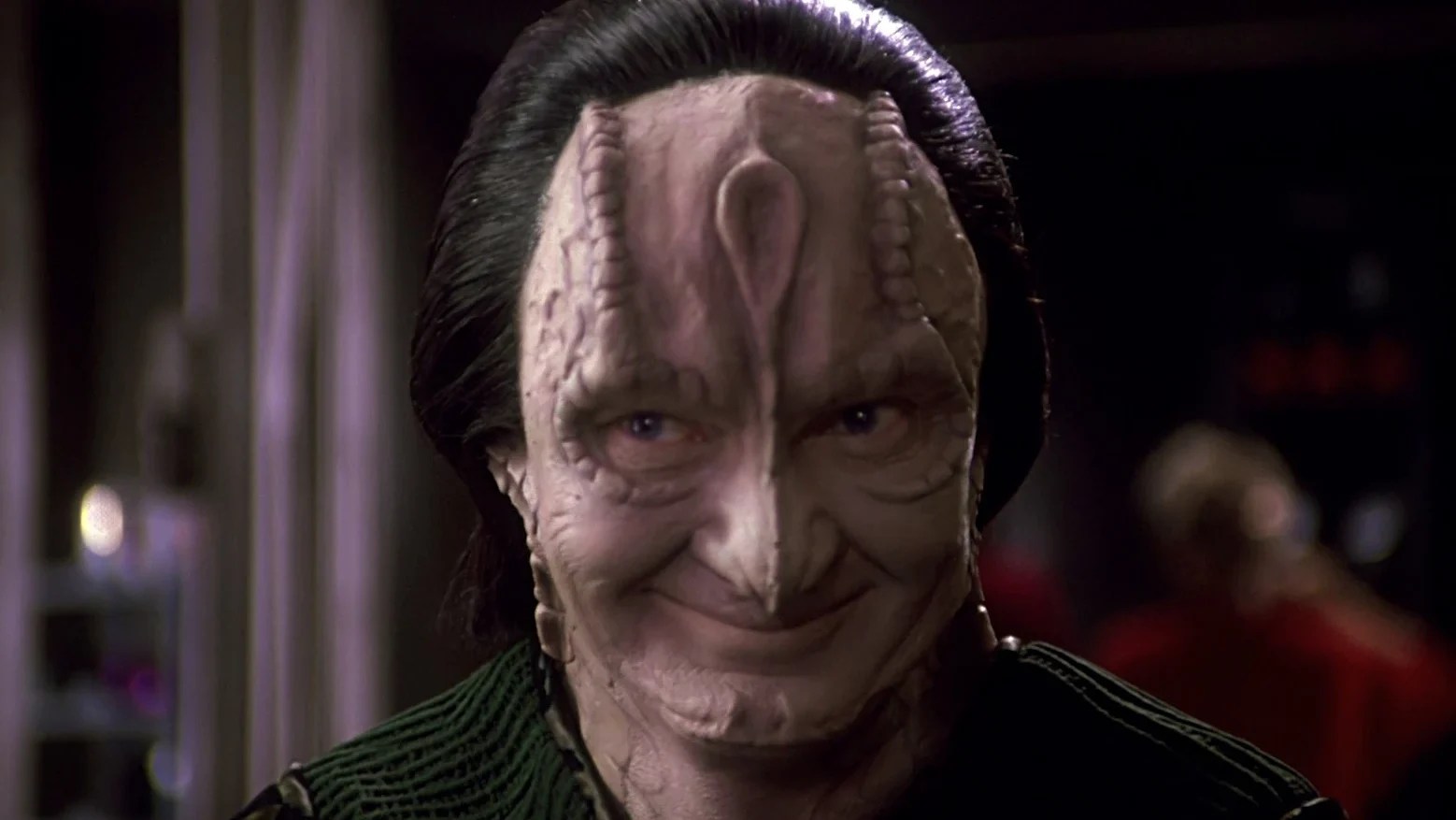
It’s frequently observed that “Star Trek: Deep Space Nine” and “Babylon 5” are often compared due to their shared start in the early nineties, their similarity as space stations acting as outposts of peace, and their abundance of memorable and engaging side characters. Choosing a standout character from “Deep Space Nine” is like choosing favorites – opinions will vary. However, many fans would agree that Elim Garak, the former spy turned tailor, stands out among the crowd. His portrayal by Andrew J. Robinson is daring, his relationships with the main crew are dynamic, and he’s the only Cardassian still residing on the station after others of his kind have left. While Garak wasn’t always a friend or foe, he was complex, demonstrating that even one of “Trek”‘s most villainous alien species had depth to offer.
4) Richard Woolsey – Stargate franchise
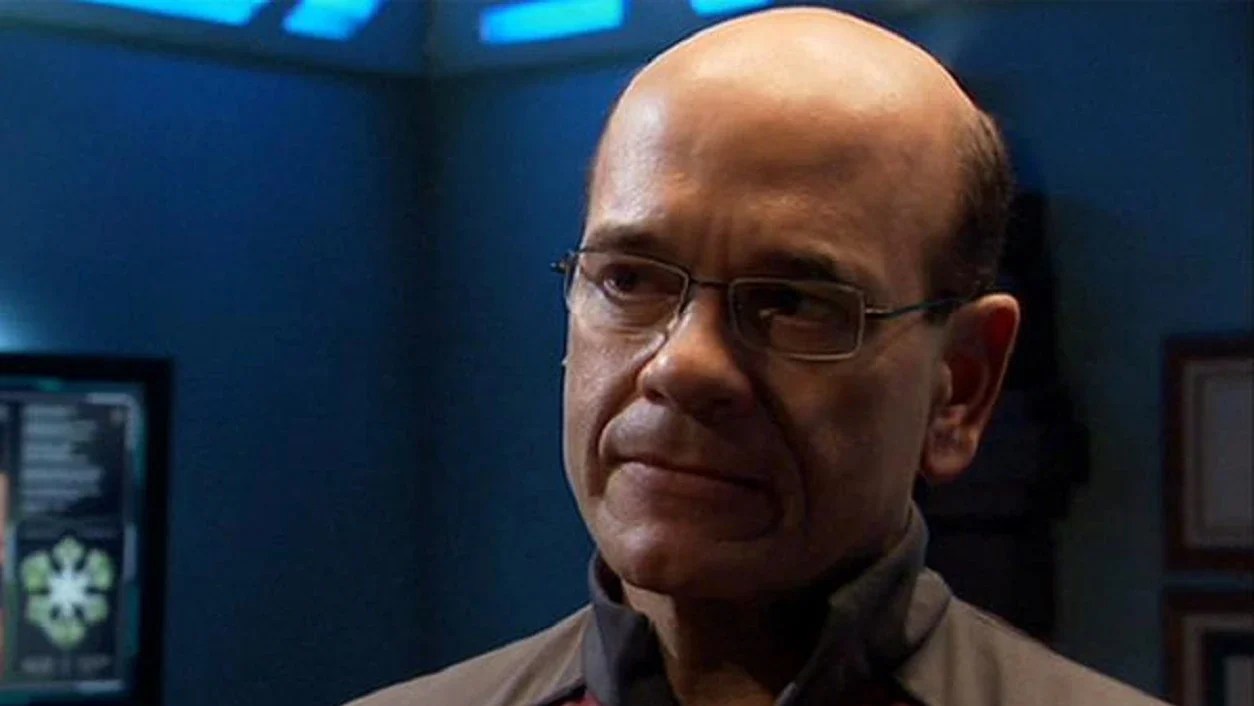
As a dedicated cinema enthusiast, I’ve always admired the captivating guest characters that graced the Stargate universe. However, it’s rare for them to linger long in the galaxy of this epic saga. Yet, Richard Woolsey, who made his debut in Season 7 of SG-1 and continued to make appearances until the concluding seasons of Stargate Atlantis, was an exception. Frankly, I didn’t foresee him making a significant impact given his human, bureaucratic nature, and the fact that he was portrayed by Robert Picardo, a familiar face from Star Trek: Voyager. Initially, Woolsey appeared as an adversary to SG-1’s rebellious crew, but soon shifted allegiances. For those who followed Voyager, Picardo is recognized for his role as the Emergency Medical Hologram (the EMH), a character who, despite his prickly demeanor throughout the seven-year journey, was undeniably intriguing. It’s only fitting then, that Woolsey, too, became a beloved figure among fans, even earning compilation videos showcasing his most memorable moments.
5) Doctor Sherman Cottle – Battlestar Galactica
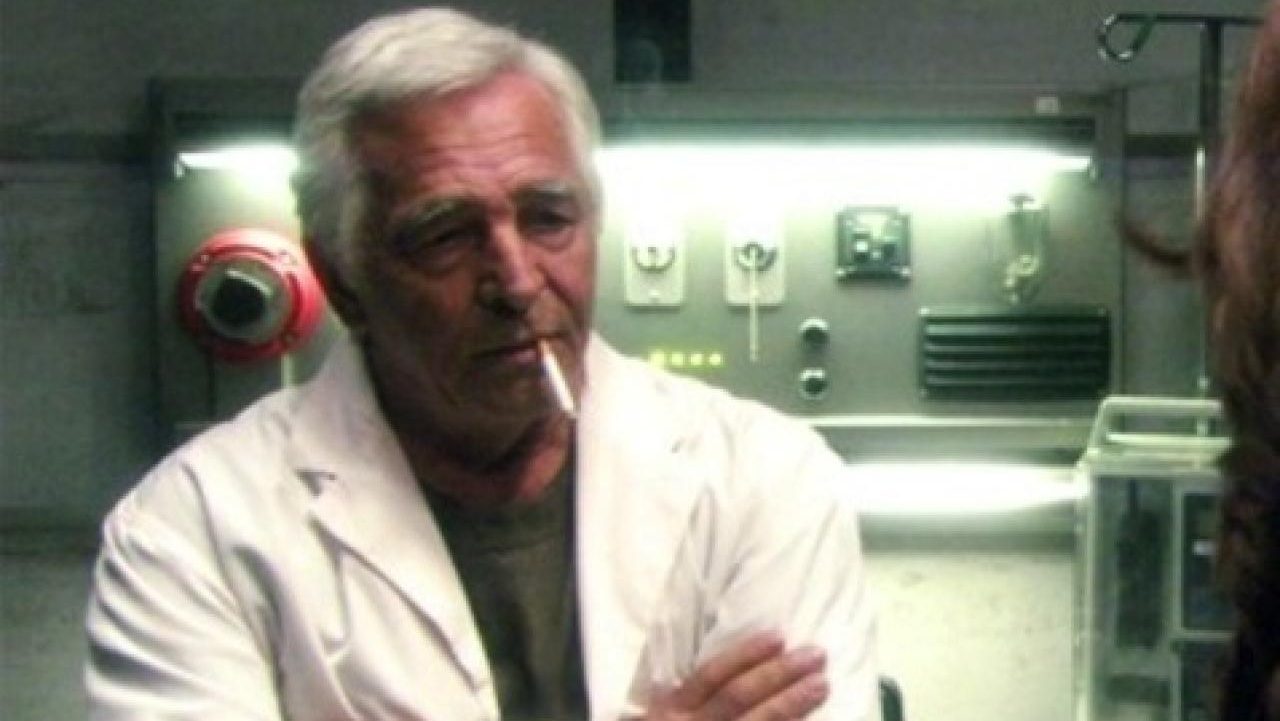
In most space opera series, it seems like there’s always a doctor among the main characters. While Battlestar Galactica did have a doctor character, Sherman Cottle was never one of the leads, despite his frequent appearances throughout the show. However, whenever he did appear, often with a cigarette, he added a touch of humanity to a series that sometimes prioritized survival over human qualities. Although not the epitome of a perfect doctor, he fit perfectly within Battlestar Galactica’s theme of flawed individuals making difficult decisions in desperate situations. He was a reassuring presence amidst a cast of characters who were often unreliable. Seeing him, even if he might find that thought absurd, was always a relief.
6) Wilfred Mott – New Doctor Who
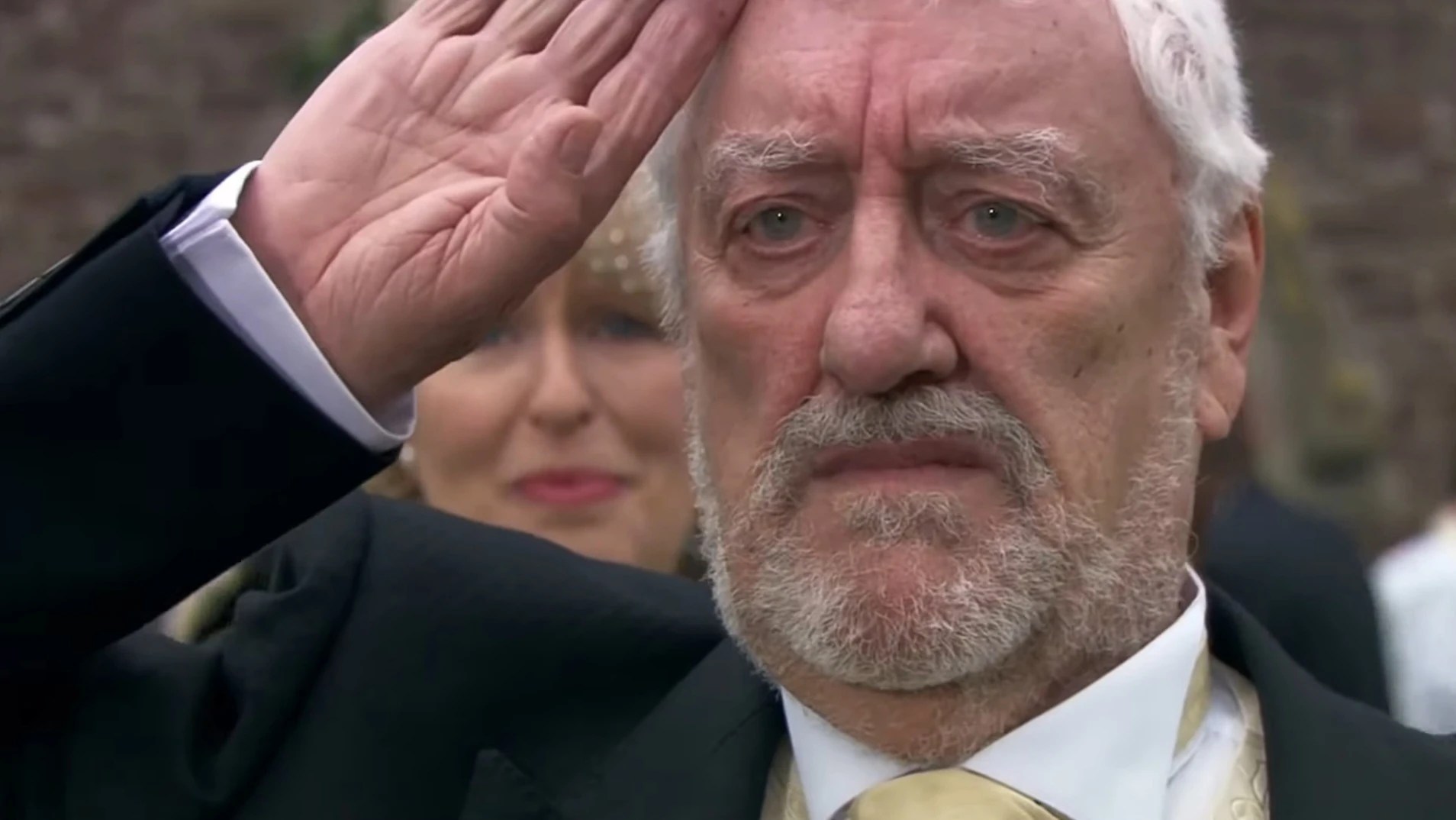
As a passionate movie buff, I’ve always admired how Russell T. Davies, during his tenure as the new “Doctor Who” showrunner, emphasized on portraying the families of the companions. He believed that these were real people whom the Doctor was whisking away for adventures, a point that resonated most with Donna Noble’s grandfather, Wilfred Mott. This old British Army vet, despite being a source of humor, was never the target of jokes. Bernard Cribbins, the talented actor who brought Wilfred to life, had a connection with “Doctor Who” dating back to the 60s, and even briefly considered for the role of the Doctor himself, but it was only in “Voyage of the Damned” (2007) that he found a consistent role.
In the time of RTD’s reign, it’s widely agreed that Wilf Mott, though not an official companion, was the one who often stole the spotlight; he brought a sense of warmth and affection that left fans thrilled whenever he made an appearance in the 60th-anniversary specials. Although Bernard Cribbins has passed away, the character of Wilf Mott will continue to resonate deeply within fans’ hearts – perhaps even returning in future episodes: his last canonical appearance, in 2023’s “The Giggle”, was achieved using a stand-in and archived footage.
7) Carl Elias – Person of Interest

In a world where humanity is under an imminent existential threat from super-intelligent, omnipotent AIs, it’s sometimes necessary to form alliances with unsavory characters like crime bosses. Carl Elias was far from the most moral or upstanding individuals in the series “Person of Interest,” but he was undeniably one of the most intriguing side characters, both to collaborate with and challenge Team Machine. Despite his willingness to bend rules that others wouldn’t, he managed to get along with many of our heroes. He was sharp-witted and found humor in the absurdity that often unfolded in the “PoI” universe. Additionally, the character was brought to life by the beloved actor Enrico Colantoni, who infused warmth and intelligence into a role that could have easily been just another villain.
8) Clarissa Mao – The Expanse
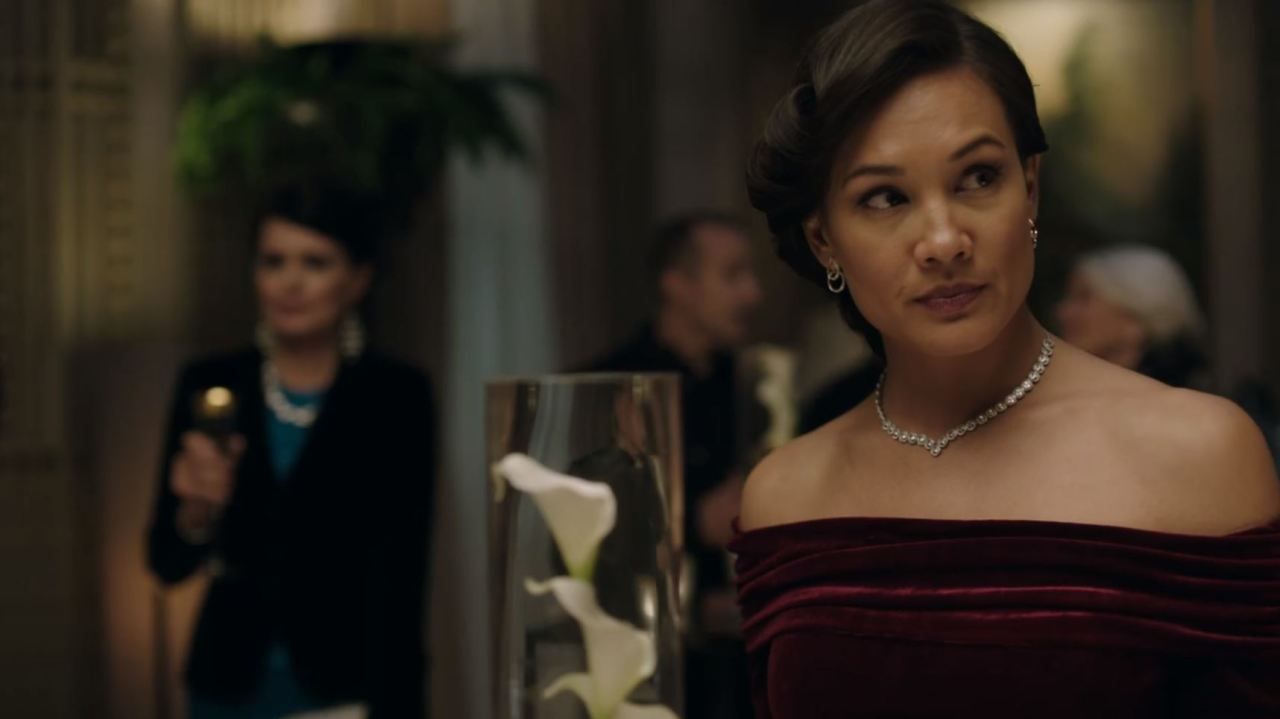
In my perspective, one of the risks inherent in adaptation is not knowing when a series will conclude, especially when a character like Clarissa Mao was initially slated for only Season 3 of The Expanse, even though her significance expanded in the then-unadapted books. Had her story ended there, she would have undeniably left an indelible impact: she’s a relentless seeker of justice, driven by her sister’s heartbreaking demise (Julie, who sparked The Expanse narrative) and the downfall of her family due to her father’s questionable ethical conduct. She’s gone to extreme lengths, even harming herself, to further her quest for revenge.
As a devoted cinephile, I must admit that Clarissa’s character in the last three seasons of Amazon Prime’s “The Expanse” undergoes an incredible transformation. By the end, she’s not just a spectator; she’s a valued member of the Rocinante’s crew. Her captivating performance is one of the highlights of the series, serving as a poignant reflection of the show’s philosophy: that there are no true monsters, only individuals capable of heinous acts. Yet, redemption is always possible. This is particularly evident in her journey, which is guided by Amos, a character known for his steeliness and fearsome reputation, but who also embodies the hope that people can change.
9) Emily Grace – Westworld
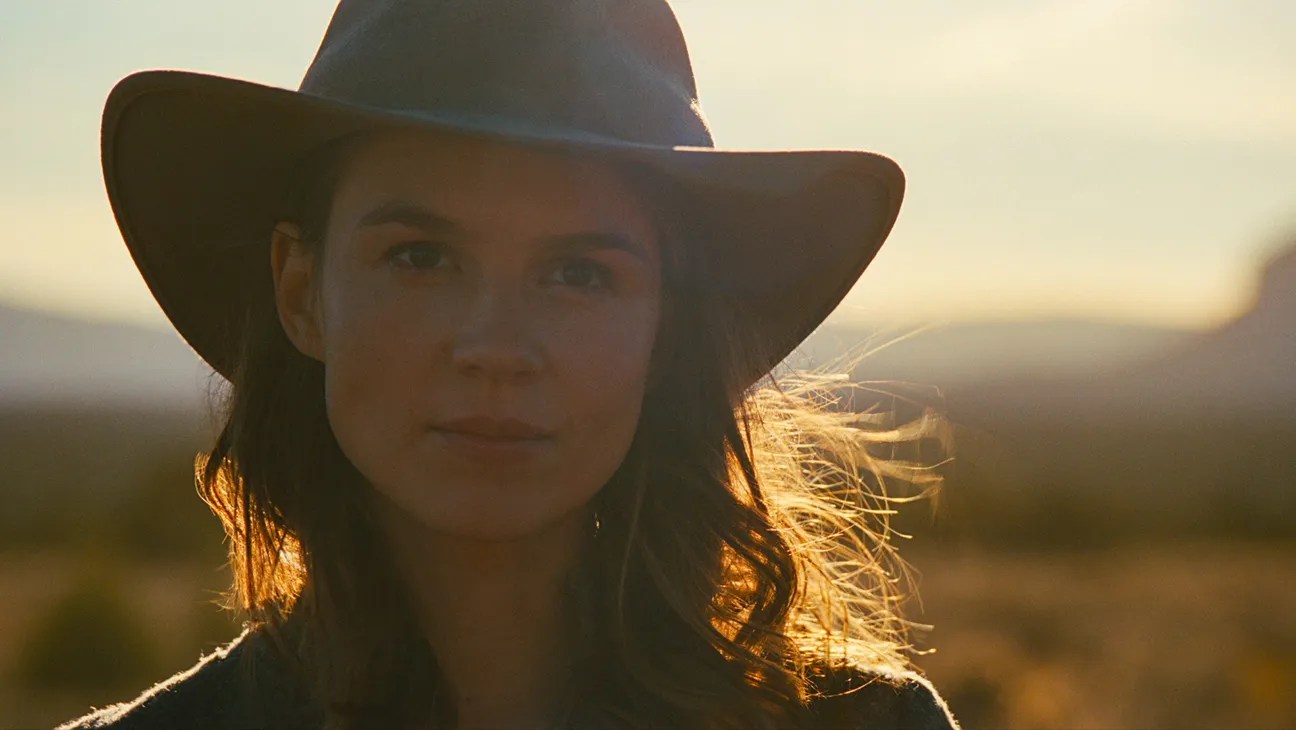
The actions with destructive consequences are a recurring theme, as demonstrated in Emily’s story. Though Emily, William’s human daughter, was designed much like the robots her father was fascinated by, she unfortunately shared their tragic fate. Despite her efforts to escape her family’s sorrowful pattern, it seems impossible for her. Her character in Season 2 mirrors William’s earlier virtues and when she is slain by her father, it sets off a chain reaction affecting the rest of his journey.”
“Emily, who is like her father in many ways, goes through a tragic story that reflects the theme ‘actions with consequences.’ Despite her attempts to break free from her family’s sad cycle, she can’t. Her character in Season 2 reminds us of William’s earlier good qualities, and when he kills her, it impacts his journey.
10) Lee Jung-Gil – For All Mankind
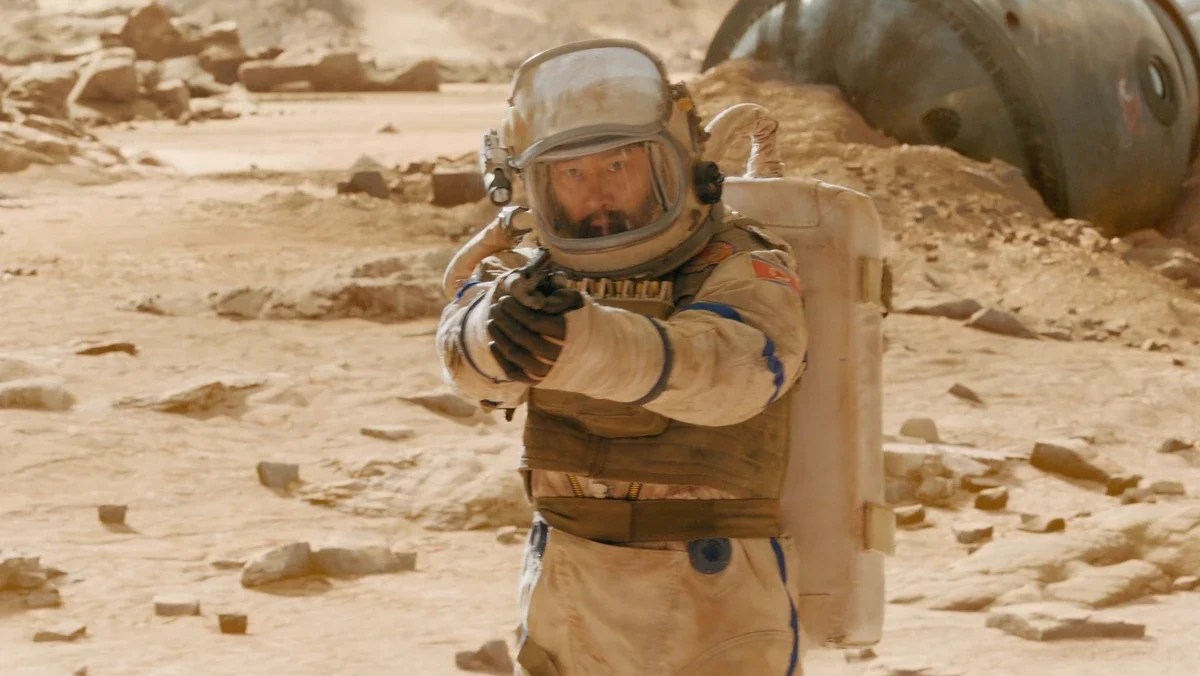
It was particularly enjoyable to see North Korean astronaut Lee Jung-Gil take a larger part in the fourth and latest season of Apple TV+’s series, For All Mankind. He debuted in the second-to-last episode of Season 3, surprising viewers by being the first human on Mars, contradicting earlier season events suggesting a space race between the US and the USSR.
In the narrative of “For All Mankind,” North Korea successfully sent and manned a Mars probe, although many doubted it was crewed. Lee Jung-Gil was part of a two-person team, but he’s the only one who lived. He endured for seven months before being saved by the show’s protagonists. Since he landed first, North Korea could stake a claim to a portion of the Mars base that ultimately gets constructed. In Season 4, he reappears and turns out to be an unanticipated ally (a common theme in the series). We can only hope he returns in Season 5; beneath his reserved demeanor, he’s one of the bravest characters the show currently offers.
https://comicbook.com/tv-shows/news/stargate-atlantis-main-characters-ranked/embed/#
Read More
- Hazbin Hotel season 3 release date speculation and latest news
- 10 Chilling British Horror Miniseries on Streaming That Will Keep You Up All Night
- Dolly Parton Addresses Missing Hall of Fame Event Amid Health Concerns
- The Mound: Omen of Cthulhu is a 4-Player Co-Op Survival Horror Game Inspired by Lovecraft’s Works
- Where Winds Meet: How To Defeat Shadow Puppeteer (Boss Guide)
- 🤑 Crypto Chaos: UK & US Tango While Memes Mine Gold! 🕺💸
- 5 Perfect Movie Scenes That You Didn’t Realize Had No Music (& Were Better For It)
- The Death of Bunny Munro soundtrack: Every song in Nick Cave drama
- 10 Best Demon Slayer Quotes of All Time, Ranked
- World of Warcraft leads talk to us: Player Housing, Horde vs. Alliance, future classes and specs, player identity, the elusive ‘Xbox version,’ and more
2025-07-08 23:44